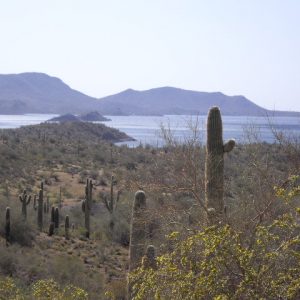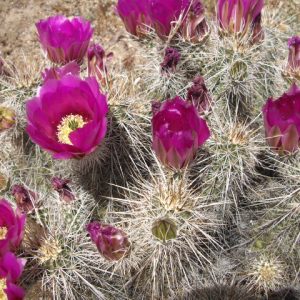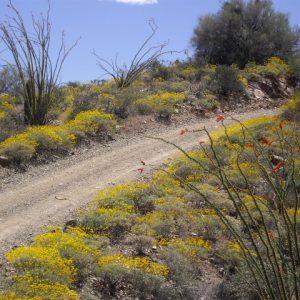The Alturas field office sits on the Modoc Plateau, a high desert ecosystem that rests on rhyolite and andesite based lava flows from the Medicine Lake, Lassen, and Cascade complexes. Here, dramatic diurnal temperature swings keep life living on the edge. Day time temperatures can approach 70 degrees, while the night creeps down into the low 30s or 20s. Flowers such as Fritillaria pudica (Gold Bell) can yawn in the morning sun on Sunday, and wither in frost bitten Monday Blues the next day. The office is still buzzing with conservation plans related to sage grouse, but a much bigger problem seems to loom on the horizon, relatively unmentioned.
Here in the high desert water can be scarce. Springs, hot and cold, seep out of the porous volcanic rock near fractures caused by the countless faulting that has occurred in the area. The Warner mountains gleam in the sun, recent spring snow has refreshed the high peaks with one of Earth’s most efficient water storage methods. By the time this water makes it to the vast lava plains of the Modoc Plateau, it only exists in canyon bottoms and valleys. Rivers have been fed with enough energy to cut through the gradually uplifting rock, leaving behind meandering canyons, filled with riparian vegetation amid an arid landscape. Even in wetter years, perennial grasses fail to emerge and grow to their fullest potential. Annual grasses from Eurasia, such as Bromus tectorum and Taeniatherum caput-medusae, seem to capitalize on brief periods of moisture faster than any native bunch grass can. Here, water flows like gold towards the major rivers, the one thing all life needs, is more precious and overlooked than the minerals that are used for luxury.
So the challenges of management surface like an explosive volcano. Ranchers wish to graze their livestock on the precious lava plains, consuming young sage, Stipa occidentalis var. californica (California Needle grass) and Poa secunda (rush blue grass) leaving behind trampled fertile volcanic soil for the aggressive invasive species to thrive in. To complicate things, prolonged drought inhibits the growth native plants and prompts disease in the forest. Lack of fire and short wet periods at the turn of the 19th century promoted Juniper establishment, which has begun choking out sage. Change is on the horizon, yet we struggle to account for it. We thrive to manage the landscape as it was found, leaving no room for growth for fluctuation. We treat the ecosystem as if we govern it, failing to realize its independence and resilience. We fear the Sage grouse may be declining in NE California; we are probably right, so we invest thousands to ensure we understand we are right, when management may be impractical according to the science.
This brings me to the ultimate question looming in my research driven mind. How can you manage a continually changing landscape for the betterment of its health? In the constant tug-of-war between anthropocentric demands for ecosystem services and the long term health of an ecosystem it is unclear what the future holds. The great destructive force of volcanoes has bred fertile soil and life in the Pacific Northwest and other places of the world, yet we fear the chaos of destruction. How then do we play our cards in Nature’s tango between life and death? Should we convince the Sage Grouse that the Modoc Plateau is a nice place to live after all? Or should we let them chose where they want to live, as we did when we moved west?
From Modoc
Cheers,
Michael Remke: BLM Intern




